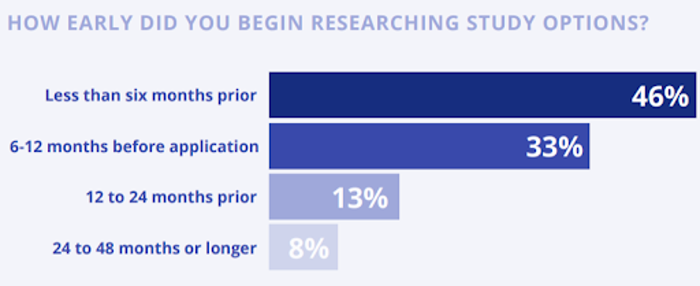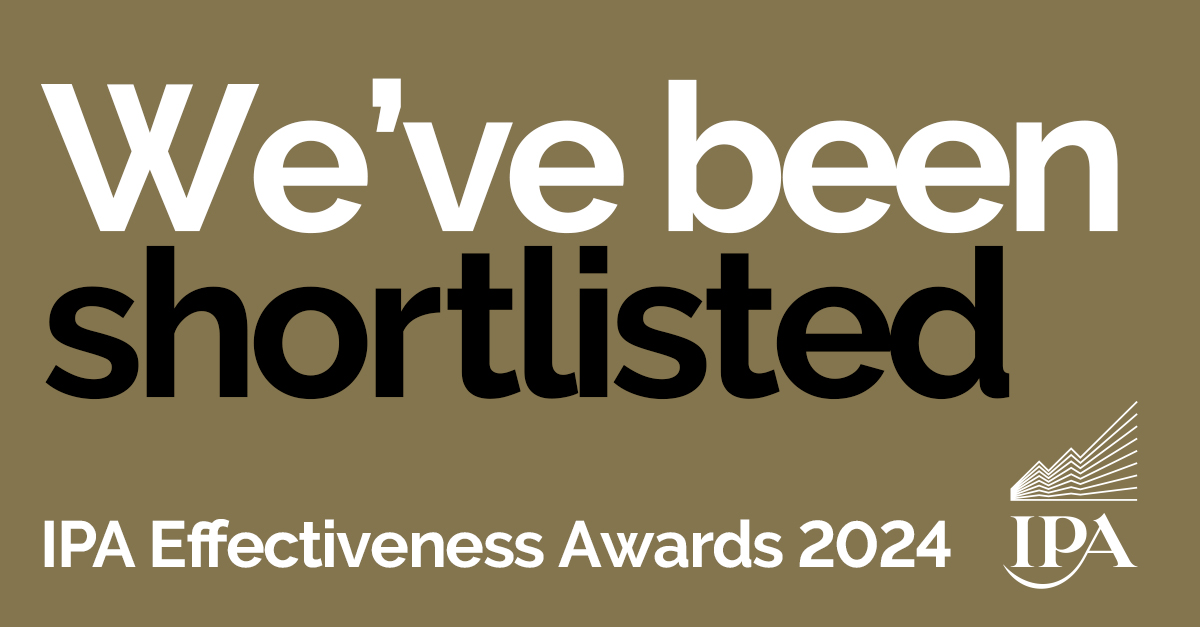As we approach the start of the new Clearing cycle, it is important to reflect on the varied application options and the power it gives new students. Clearing is now a choice-enhancing platform rather than a last resort. And becoming more popular by the year, with 42% of students researching Clearing in 2021, compared to 20% in 2018.
Clearing is becoming an opportunity for both the students and your institution. Students are not afraid to change their mind on the day. Only half of students contacting their original institution in clearing – down from two thirds in 2018.

This graph above from the National Clearing Survey shows the timeline of Clearing research conducted by students, proving that the research stage is starting earlier. This means Clearing is becoming more important, and brand presence in April/May time is crucial to raise brand consideration.
Whilst Clearing is becoming an embedded part of the application journey, there is still wide confusion around how the process works. It is essential that your university is at the forefront of a prospective student’s mind, way before clearing starts. Being that beacon of knowledge, telling them how the process works, guiding them. Make sure your institution is a trusted, viable choice ahead of the point of decision making.

Image source: National Clearing Survey
Clearing also comes with the problem of Clearing Day and runaway cost-per-click – but we can help with that too…
Prospective students have a firm list
According to a study conducted by Google (Ines Ruesda, 2018) prospective students will make a shortlist of between three and four universities quite early on in their journey. 75% do not deviate from it.
This chart from Keystone Education, shows us when students start to research the options they have.

Image source: Keystone education
The Study Portal has some key insights based on their own research, suggesting the average application cycle from research to acceptance, is 18 months.
It’s important to spread your activity and spend throughout the year, upweighting in the key cycle trends. But an always on approach will enable you to capture a larger amount of students at their different research stages.
To chat about any of the trends and insights in this blog, just reach out to us.




